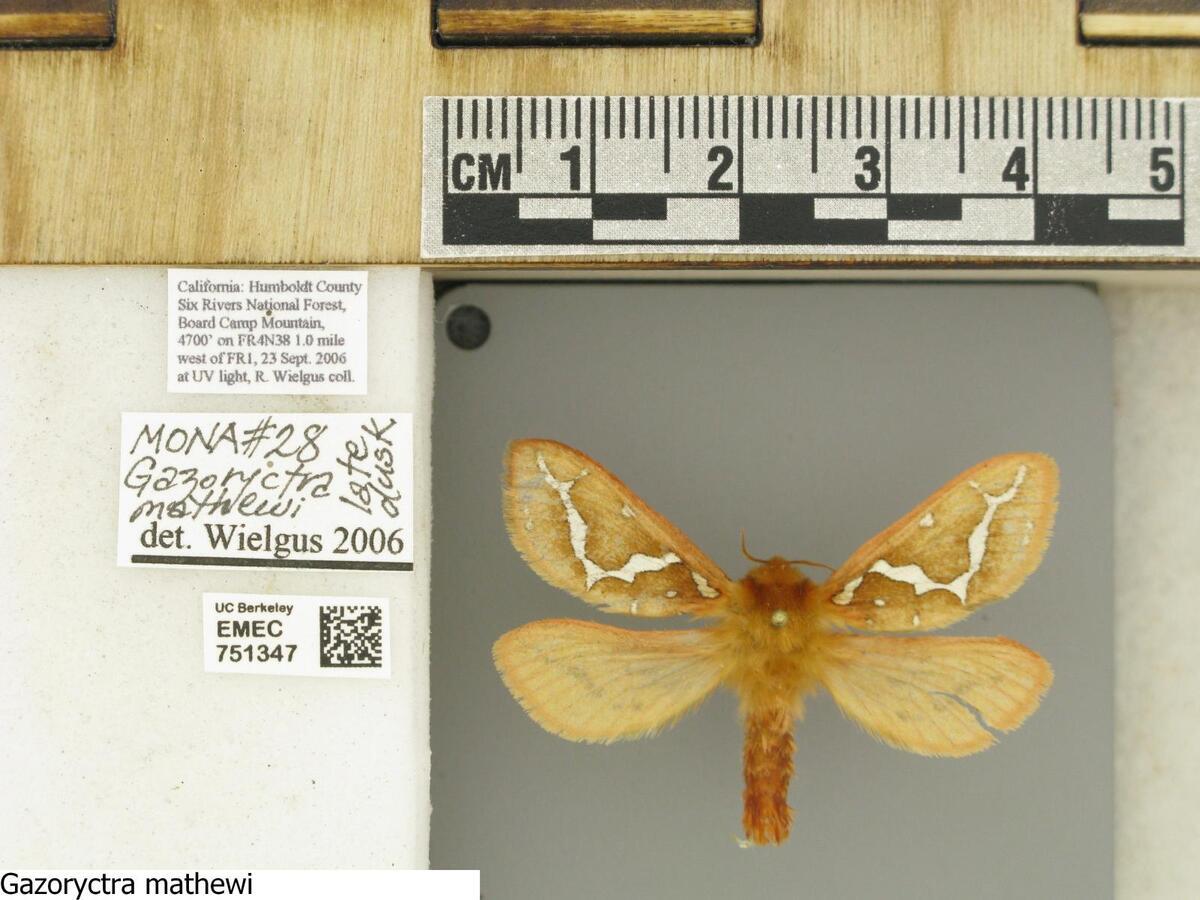Land Use Goals

GOAL: Plan every new project to serve as a model of resource conservation and environmental stewardship.
STATUS: In Progress
Campus Performance Overview
Sustainable planning helps achieve broader goals
The campus works to ensure that major projects reflect established campus planning and land use principles. Physical and Environmental Planning (PEP) is also responsible for conducting a regular housing and transportation survey, and for ensuring that the campus is in compliance with the state-mandated California Environmental Quality Act (CEQA).

PEP’s planning efforts are guided by the campus’ Long Range Development Plan (LRDP) and its updates. The LRDP describes a framework for land use and investment to meet the academic goals and objectives of the University. The companion Environmental Impact Report provides information on the environmental implications of the LRDP and includes an extended treatment of potential impacts and mitigation best practices. Importantly, the LRDP delineates a comprehensive approach for achieving a sustainable campus and has been amended to require that the campus design all aspects of new projects to achieve our short and long-term greenhouse gas emissions reduction goals. From the LRDP, the campus goal is to plan every new project to serve as a model of resource conservation and environmental stewardship. The LRDP and EIR also help establish basic project parameters, such as no net increase in stormwater runoff over pre-project conditions (2020 LRDP Continuing Best Practice USS-3.1); or the requirement that the scope and budget of each project include consideration of bicycle improvements (2020 LRDP Continuing Best Practice TRA-1-b).
Activity highlights
-
The campus is actively protecting endangered and vulnerable species on its sprawling hills and marshlands, such as the Alameda whipsnake in the Strawberry Creek Watershed and the Ridgeway’s Rail, a marsh bird at the Berkeley Global Campus in Richmond.
-
Preservation measures include prioritizing the use of native plants on campus and instituting an organic landscape management program on the popular Faculty and Memorial Glade.
-
UC Berkeley students, working with campus staff, have helped lead the preservation effort by restoring biodiverse native plant communities in areas overrun by invasive species. Students also host and maintain gardens and other landscaped areas.
-
Since 1890, Berkeley has maintained the 34-acre UC Botanical Garden. One of the most diverse landscapes in the world, it includes over 10,000 types of California native plants and an international sampling of flora organized geographically. The gardens support and promote teaching, conservation, and public appreciation of plants and the natural environment.
-
UC Berkeley manages 1,171 acres organically, e.g. without the use of inorganic fertilizers and chemical pesticides, fungicides and herbicides. 61 acres are managed in accordance with an Integrated Pest Management (IPM) program that uses selected chemicals only when necessary. 0 acres utilize conventional, chemical-based landscape management practices.
-
UC Berkeley is an affiliate of Bee Campus USA, an initiative of the Xerces Society that aims to foster ongoing dialogue to raise awareness of the role pollinators play in our communities and how each of us can take action to create healthy habitat.
STARS Performance Overview
Land Use Category
(termed "Ecologically Managed Grounds" by STARS)
According to STARS, "This subcategory seeks to recognize institutions that plan and maintain their grounds with sustainability in mind. Beautiful and welcoming campus grounds can be planned, planted, and maintained in any region while minimizing the use of toxic chemicals, protecting wildlife habitat, and conserving resources."
Berkeley's STARS Performance
Total Points Available: 5.00
Land Use ("Ecologically Managed Grounds") Points Claimed: 5.00
-
UC Berkeley achieved 100% of available points in the STARS Grounds category. The average among all research universities is 52%.
-
The natural splendor of UC Berkeley’s 800+ acres climbing into the East Bay hills–a calming oasis from the surrounding city–helped the campus notch a top STARS score for biodiversity and protection of natural assets.
-
UC Berkeley manages 95% of its grounds organically (without inorganic fertilizers, fungicides or pesticides). Inorganic materials are only used selectively to treat wood stumps and newly weeded areas when there are no effective organic alternatives.
Research

The Berkeley Natural History Museums are a consortium of the natural history collections and field reserves at UC Berkeley. The museums utilize their historic biological and cultural repositories–representing over 12 million voucher specimens in anthropology, botany, entomology, herpetology, mammalogy, ornithology, and paleontology–for informatics and research.
Herbicide Free

Founded at UC Berkeley in 2017, Herbicide-Free UC’s mission is to stop the use of toxic herbicides across all University of California campuses. In May 2019, Herbicide-Free Cal efforts were rewarded when the University of California issued a ban on the use of glyphosate-based herbicides at all UC locations. The UCOP President has accepted recommendationsfor a full ban, and the Systemwide Pesticide Oversight Committee (SPOC)is implementing the recommendations.
Strawberry Creek
The Strawberry Creek Restoration Program, begun in 1987, aims to eliminate harmful discharges to the Creek, and provides hands-on restoration training for university and K-12 students. The program also works to restore three designated Natural Areas on Campus (the Grinnell, the Goodspeed, and the Wickson) via weed removal and native plant re-vegetation. The Strawberry Creek Restoration Program thrives today due to the donated labor and funds of students, staff, faculty, alumni, campus neighbors, and a native plant nursery/garden. Visit the Creeks of UC Berkeleywebsite.

